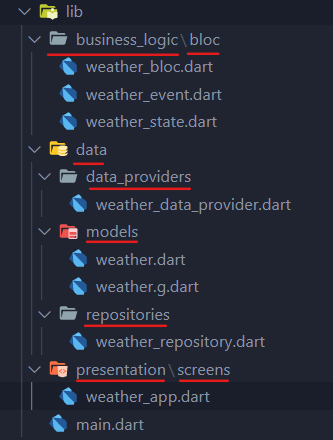

Blocs app from handle free#
The benefits of free trade between countries in different blocs is lost. The main disadvantages of trading blocs Loss of benefits Protectionįirms inside the bloc are protected from cheaper imports from outside, such as the protection of the EU shoe industry from cheap imports from China and Vietnam. Jobs may be created as a consequence of increased trade between member economies. Producers can benefit from the application of scale economies, which will lead to lower costs and lower prices for consumers. See: Trade creation and trade diversion Economies of scale Because low cost imports lead to lower priced imports, there is a ‘consumption effect’, with increased demand resulting from lower prices. Trade creation exists when free trade enables high cost domestic producers to be replaced by lower cost, and more efficient imports. Market access and trade creationĮasier access to each other’s markets means that trade between members is likely to increase. This means that, at the regional level, there is a wider application of the principle of comparative advantage. Knowing that they have free access to each other’s markets, members are encouraged to specialise. See: UK trade balance with the EU The main advantages for members of trading blocs Free trade within the bloc There may also be common policies affecting key industries, such as the Common Agricultural Policy (CAP) and Common Fisheries Policy (CFP) of the European Single Market (ESM). For a common market to be successful there must also be a significant level of harmonisation of micro-economic policies, and common rules regarding monopoly power and other anti-competitive practices.

In addition, as well as removing tariffs, non-tariff barriers are also reduced and eliminated. This means that all barriers to trade in goods, services, capital, and labour are removed.
Blocs app from handle full#
Common MarketĪ ‘common market’ (or single market) is the first significant step towards full economic integration, and occurs when member countries trade freely in all economic resources – not just tangible goods. This means that members may negotiate as a single bloc with 3 rd parties, such as with other trading blocs, or with the WTO.
Blocs app from handle plus#
Customs UnionĪ customs union involves the removal of tariff barriers between members, plus the acceptance of a common (unified) external tariff against non-members.

Free Trade Areaįree Trade Areas (FTAs) are created when two or more countries in a region agree to reduce or eliminate barriers to trade on all goods coming from other members. This is often the first small step towards the creation of a trading bloc. Preferential Trade Areas (PTAs) exist when countries within a geographical region agree to reduce or eliminate tariff barriers on selected goods imported from other members of the area. There are several types of trading bloc: Preferential Trade Area Trading blocs are a form of economic integration, and increasingly shape the pattern of world trade. A regional trading bloc is a group of countries within a geographical region that protect themselves from imports from non-members.


 0 kommentar(er)
0 kommentar(er)
